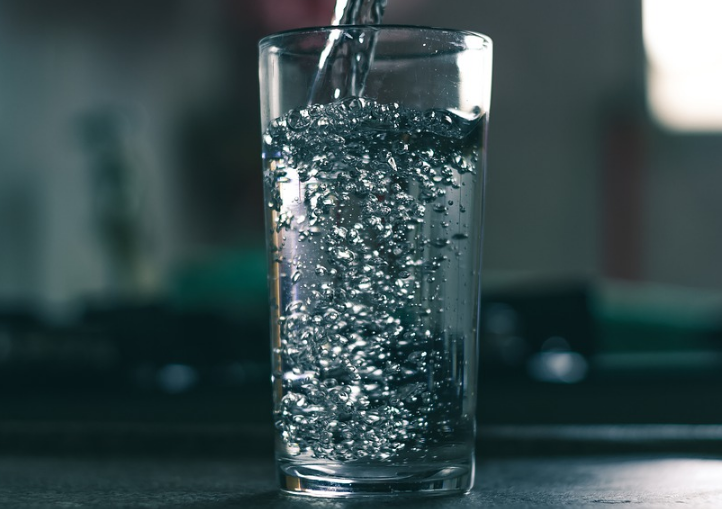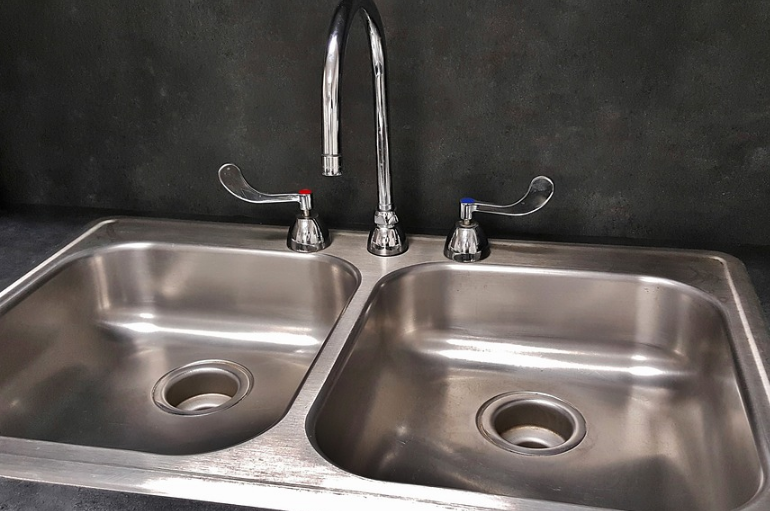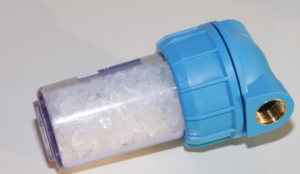
According to ClimateCounts.org, the home water filtration system is a mechanical filtration technique that removes pollutants, ions, and other atoms from water. It pushes water through a semipermeable coating. Larger particles are discarded, allowing for clean water to enter your home. It can include pretreatment, reverse osmosis framework, disinfection, and lastly, water stockpiling using a siphon.
Whole House RO Water Filter System
The filtration system will refine each drop of water. The entire water you use to bathe, wash, and shave will remain pure if you have one installed at your home. Keep in mind that many of the toxins the reverse osmosis technology also eliminates any foul smell. This could lead to remarkably high upkeep costs if it is not taken care of. If your home’s water is contaminated with metals, oxidizing chemical compounds, or scaling minerals, it is essential to pre-treat the water.
How RO Water Filter System Works
 RO system parts produce water of remarkable virtue by removing synthetics, pesticides, and broken down solids. Groundwater can be so severely contaminated that reverse osmosis may be the best option for providing clean water. A whole house reverse osmosis system requires careful planning and a thorough understanding of the science behind water.
RO system parts produce water of remarkable virtue by removing synthetics, pesticides, and broken down solids. Groundwater can be so severely contaminated that reverse osmosis may be the best option for providing clean water. A whole house reverse osmosis system requires careful planning and a thorough understanding of the science behind water.
Although the filter frameworks are not easy to set up, they can restore water quality in homes that have been affected by TDS levels high enough to cause a significant increase in water quality or other pollutants such as hexavalent chrome.
Bottom Line
The filter structure is installed wherever water enters your home. The reverse-osmosis layer will treat every drop of water that enters your family unit plumbing. This includes your drinking water at the kitchen sink, the water you use to shower, shave, and flush your latrines. Reverse osmosis filters for the whole house allow for a higher flow rate and are designed to treat water for general purposes, such as cleaning and washing clothes.
